- This topic has 1 reply, 2 voices, and was last updated 1 year, 11 months ago by
Arturo Parada.
-
AuthorPosts
-
January 2, 2024 at 2:53 pm #22387
Nicolette Moszkowicz
ParticipantHello, I have gone through the videos in section 3 and now have to build the case but I’m very confused as to how to use the information provided to us to fill in the rest of the information. Should I just watch the video of how to build it (the one after the quiz). Thank you
January 3, 2024 at 9:45 am #22389Arturo Parada
ModeratorHi Nicolette,
Great to meet you. I’m Arturo, an Analyst here at A.CRE. Happy to get you a quick response here!
In terms of your question.
First, every course in the core curriculum revolves around a case study, in this sense, you are presented with a case, taught a methodology for solving the real estate financial modeling challenge presented by the case, and set free to solve the case on your own.
You could start reading the assignment in detail (Lecture 3.1 Lakefront Industrial I Assignment), and then download the files you need to complete your task; I mean the most recent valuation and the assumption notes.
Next, consider reviewing the previous lessons, and remember that a typical “DCF” is divided into three parts; the “Investment Cash Flows”, the “Operating Cash Flows”, and the “Reversion Cash Flows” each with their characteristics.
Then, comes into play the great opportunity to put these skills to the test building from scratch this real estate financial model following the order that you learned.
Please note the following:
“For purposes of performing hold/sell analysis of an owned asset, the asset’s current market value less selling costs is entered as a sole Investment Cash Flow in time zero of the analysis.”
“In the case of Lakefront Industrial I, we’re assessing two possible scenarios. In scenario one, we hold the asset for an additional 10 years. In scenario two, we sell the asset and use the proceeds to acquire a different property.”
“So what’s the cost of choosing scenario one over scenario two? The cost is not our current basis, but rather is what we miss out on (i.e. the opportunity cost) by not going with scenario two. Or in other words, the net proceeds we would have taken in from selling the property had we gone with scenario two.”
Do your best! And then get the most out of the watch me build lesson! Spencer created a “Watch Me Build” video that demonstrates how could solve the case.
Hope that helps!
Arturo
-
AuthorPosts
You must be logged in to reply to this topic. Login here
